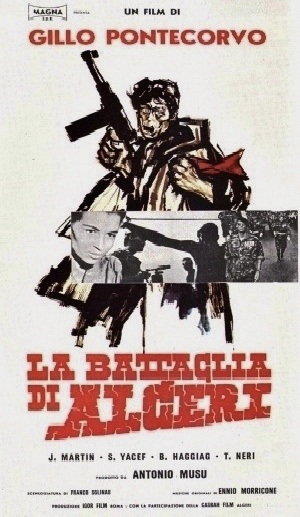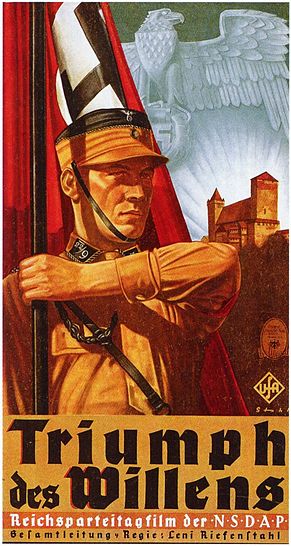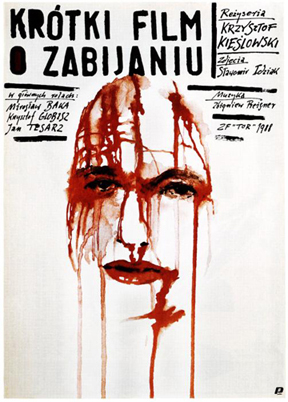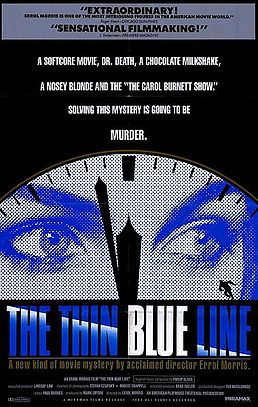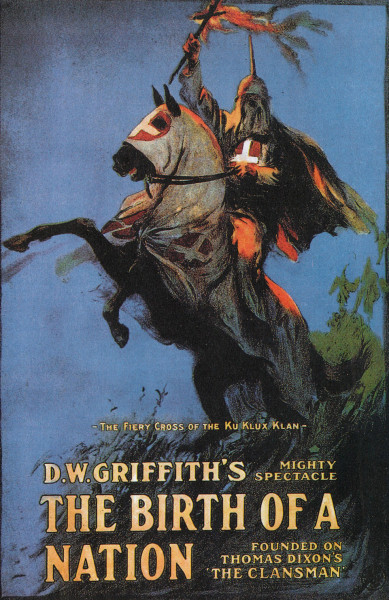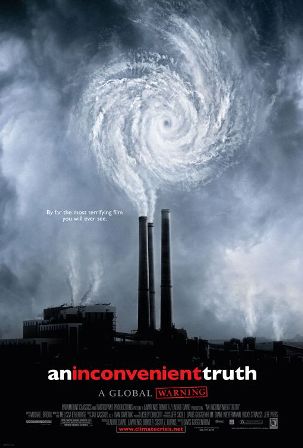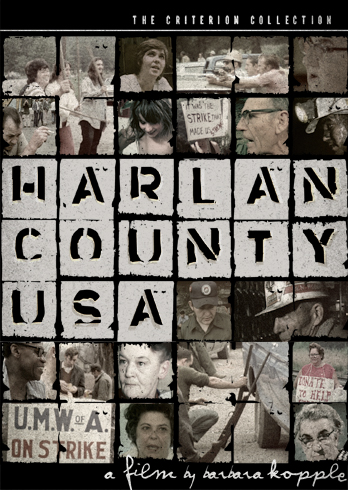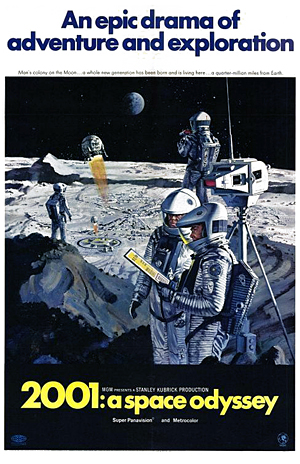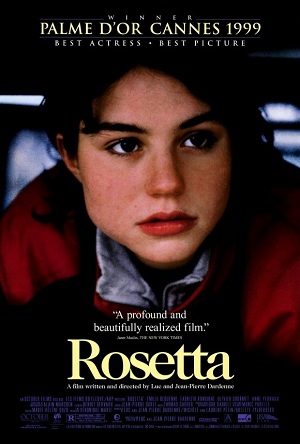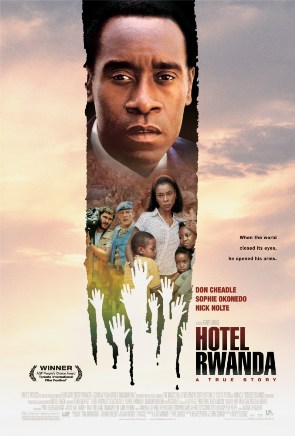13 Movies That Changed the World’s History
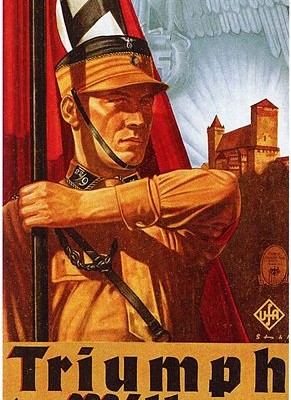
Hollywood takes a lot of flak for the movies it produces, but not all cinema is purely entertainment. This list of 13 movies changed the world – for better or worse.
The Battle of Algiers
Year Released
1966
This Movie Changed the World By…
Providing a blueprint for revolution, and changing the way the governments train against terrorist operations.
Ok, so maybe that one-liner doesn’t sum things up as well as it should. See, this movie didn’t just change the way governments react to terrorist operations. It also taught insurgent groups how to conduct urban guerrilla warfare. Successfully.
In 2003, the Pentagon decided it was important enough, even 4 decades later, to warrant a screening. That should tell you something about it…
Based on the Algerian struggle for independence from the French (the Algerians won, by the way), the movie is dramatic, and quickly gained a reputation for inciting political violence. Rumor has it that the Baader-Meinhof Gang, the Black Panthers, the IRA, and the Jammu Kashmir Liberation Front caught a screening or two.
Argentina and the United States both used the movie as a study guide for combatting urban guerilla warfare, and no matter what its original intent, the movie had a definite impact on terrorism worldwide.
The Triumph of the Will
Year Released
1935
This Movie Changed the World By…
Making Nazis popular.
Although we know him as the villain he was, Leni Reifenstahl loved Hitler, and brought much of Germany to love him, too. Her 1935 movie was an undeniable piece of hero worship, but it was contagious. Pure propaganda, the executive producer was Hitler himself. The impact of the film is one we might like to forget – most of the prominent propaganda images of Nazism we’re familiar with today came from this one movie.
On the other hand, it inspired filmmakers in the West. Charlie Chaplin’s The Great Dictator sourced material from the film, and the seven-part documentary series Why We Fight that helped to rally support for the Allies owed its style to this documentary.
As a media weapon of war, The Triumph of the Will is unrivaled. It also resulted in the creation of several new filming techniques for documentaries, and spurred the rise of movies as propaganda. But ouch…we would have loved a history without it.
Minimata: The victims and their world (Minimata: Kanja-san to sono sekai)
Year Released
1971
This Movie Changed the World By…
Helping Japanese victims of methyl mercury poisoning win a class action lawsuit against the company responsible for it.
This 1971 documentary was the first in a series by Noriaki Tsuchimoto. The documentaries showed the horrific health impacts of Chisso fertilizer factory’s dumping practices. Methyl mercury waste was poured by the company into the sea by the company, and the residents of Minimata and surrounding villages ate contaminated fish as a result.
This movie, together with the rest of the series, raised Japanese public awareness of the mercury poisoning their countrymen in Minimata were suffering. Villagers bought stock to attend the company’s shareholder meetings towards the end of this movie. Eventually, the films eventually helped victims get some justice for their plight, and although nothing can make up for the numerous deaths and deformations caused by Chisso’s actions, corporate responsibility is now something the Japanese know they can fight for through pop culture, stock ownership, AND the court system.
As a result of Minimata, companies in Japan are just a tad more responsible…
Repentance (Monanieba/Pokayaniye)
Year Released
1984
This Movie Changed the World By…
Inspiring Perestroika, with Shevardnadze and Gorbachev’s approval.
Talk about a tangled history…this movie was the brainchild of Georgian (the country, not the state) director Tegniz Abuladze, who had a lot of guts, to say the least. The movie features the story of a half-Stalin, half-Hitler type dictator who dies. His corpse is dug up repeatedly by a woman who wants his crimes remember for eternity and think he should never be buried. As a criminal trial unfolds for the woman, the former dictator’s family gets a little extreme in their own way.
Done in a farcical way, the movie uses Soviet humor to, in essence, criticize the regime. It was screened once in 1984 with the approval of the Georgian President Shevardnadze, and then shelved for three years after it caused huge scandal. In 1987, it was screened across the Soviet Union, taken to foreign film festivals, and the director received the Order of Lenin. And then, in 1988, it was banned.
In Soviet Russia, film gets prize, film gets banned. Unofficially, of course…
Meanwhile, in Eastern Germany, naughty Germans caught the movie on TV via signals from Western Germany. It was a hit, and resulted in Eastern Germans raising a fuss. But since they officially never saw the film, the Eastern German regime had its hands tied.
Political kerfluffle erupted across the Soviet Union, political climates shifted even further away from the existing regime, the film gained 10 international awards and 2 more nominations…and then came Perestroika.
River Elegy (Heshang)
Year Released
1988
This Movie Changed the World By…
Provoking the infamous Tiananmen Square protests.
Although originally approved by the Communist Party leadership in China, the six-part Heshang documentary film series soon became a major headache for Chinese politicians. As soon as the series started airing on June 11, 1988, university groups began to debate it.
What did the criticism of symbols of Chinese culture like the Yellow River and the Great Wall mean? Were the current perspectives and Party attitudes wrong? Were the Chinese morally and intellectually superior, or should they look to the West?
The cultural and political leadership was divided. Younger members had little problem with the series and found it promising, while older party members were deeply offended. Due to public demand for a second broadcast of the series, it was radically altered and re-aired in August of the same year. Instead of quieting down the chatter about the film, this actually led to more interest and debate.
On June 4th, 1989, Tiananmen Square made history. The Communist Party of China blamed the protests largely on the showing of Heshang, and its creators fled the country for safety. A mere footnote in the recorded history of the event, Heshang is the documentary series that in many ways embodies the struggles which led to Tiananmen Square, and may well have partially inspired the protests.
A Short Film about Killing (Krotki film o zabijaniu)
Year Released
1988
This Movie Changed the World By…
Heating up the global death penalty debate.
Sweeping major awards festivals worldwide and international acclaim, A Short Film About Killing attempted to draw a parallel between the state’s murder of an individual and an individual’s murder of another person. Despite international acclaim, in Poland it was a flop.
Poorly timed, it came across as a weak argument during the midst of heated debate about the death penalty in Poland, and yet it may have had an influence on ending it. Polish audiences were skeptical about the film, but eventually decided against the death penalty. While we can’t say the movie changed their minds, it may not be a stretch to say it made them think a little harder about the question at hand.
Despite its poor reception in Poland, the movie stirred debate, and likely played a role in repealing the death penalty worldwide.
The Thin Blue Line
Year Released
1988
This Movie Changed the World By…
Questioning the validity of murder convictions and thereby helping saving a man’s life.
Marketed as a nonfiction film and not a documentary, this movie chronicles the story of a young man who was imprisoned and condemned to death as a result of a wrongful conviction. It revolutionized the legal system by revealing potential flaws, and helped to save the life of a man who was condemned to die. The film’s popularity in the US may also have impacted public opinion on the death penalty and the justice system on a whole.
Not bad for a low budget flick by a young and relatively unknown director.
The Birth of a Nation
Year Released
1915
This Movie Changed the World By…
Scaring whites in the United States into supporting the Ku Klux Klan (KKK).
According to Roger Ebert, “The Birth of a Nation is not a bad film because it argues for evil. Like Riefenstahl’s Triumph of the Will, it is a great film that argues for evil. To understand how it does so is to learn a great deal about film, and even something about evil.” When a movie’s review is forced to talk about the argument the film makes more than the quality of acting or production, you know you’re dealing with something outside the norm.
The Birth of a Nation wasn’t just a movie. In 1915, it met a public that was still largely divided by the Civil War, and on the cusp of entering the First World War. The movie was based on a pro-KKK book, “The Clansmen,” and glorified the Klan’s role in post-war reconstruction. On the cinema side, it was an influential film on many levels, too. Until Gone with the Wind, it was the top-grossing film. It also pioneered multiple new filming techniques. At least three films were made in response to it, one tried to copy and profit off its runaway box office success, and it also had a sequel.
The blackface, racial stereotyping, and glorification of so-called Aryan identity led the NAACP to protest the film’s opening around the country. The movie itself led to race riots in several cities, as well as violent attacks on blacks by whites.
In short, it caused pure chaos and set civil rights back a few decades. Sure, it changed the film industry for the better, but it changed the world for the worse. The KKK used it as promotional material for decades. That’s not a historical impact to be proud of, but it is an undeniably important one.
An Inconvenient Truth
Year Released
2006
This Movie Changed the World By…
Making climate change part of popular culture. Oh, and it also got a bunch of politicians to act on the issue…
Al Gore was one of the most unlikely film stars alive in 2005. Former presidential candidate and vice president, when a slideshow he’d given at least 1,000 times since 1989 became the basis for a 2006 documentary, many critics cried foul. It was seen as a political ploy, scoffed at, and disregarded by a few notable critics and several politicians.
Despite the criticism, the impact it made was huge.
An Inconvenient Truth quickly became one of the most successful documentaries in film history, winning two Oscars and a nomination for a third. What it did to pop culture, politics, and the issue of climate change is more impressive. Within a few months of its release, politicians around the world had seen the film. Some, such as Costa Rica’s President Oscar Arias, reacted by radically shifting their attitudes towards climate change and working to make the issue a national priority. In Belgium, 200 politicians screened the film – at the invitation of a housewife.
Sociologists, economists, and environmental scientists studied the impact of the film on public opinion and behavior. As a result of the movie, the majority of viewers reported changing their behavior and feeling more informed on the issue. According to one study, people who lived in a 10-mile radius of where the film was shown were 50% more likely to buy voluntary carbon offsets. The film is also used as part of school curriculum in at least three countries.
Today, global warming and climate change are household terms. The green movement is growing, and efforts are growing to reduce pollution and diversify energy production. No matter how you feel about the issue, chances are, you’re more aware of it as a result of An Inconvenient Truth.
Harlan County USA
Year Released
1976
This Movie Changed the World By…
Changing the labor conditions in American mines and raised public awareness of and sympathy for the miners’ plight.
The coals mines of Kentucky are hardly the kind of place you’d expect to find revolutionary documentaries being made, but you’d be wrong. Barbara Kopple’s film, Harlan County USA, documented a miner’s strike in Appalachia. From strikers being shot at to union presidency candidates being murdered, the film is rife with real violence – although not always directly shown.
Kopple and her crew were beaten during filming, but stayed on despite the danger. The movie is criticized for its one-sided approach, but made the reality of mining palpable to the general public. The abject poverty and squalid conditions many mining families lived in were portrayed in a way that led to public support for the unions and a victory for the miners.
2001: A space odyssey
Year Released
1968
This Movie Changed the World By…
Predicting modern technology and gave hippies something to listen to.
Kubrick isn’t a filmmaker known for clarity and simplicity, and 2001: A space odyssey is one of his most multi-layered and complex films. Despite the philosophical quagmires one can wander into after seeing it, the movie changed the world in a few surprising ways. Perhaps the most infantile was a 2004 lawsuit in which Samsung defended its creation of the tablet by saying that Apple’s iPad was based on “prior art” – namely, the tablet-like device in 2001: A space odyssey.
There may actually have been a little meat to Samsung’s argument, since a 1994 European Commission-funded R&D project attempted to create a similar device…
Outside the realm of cell phones and tablets, the movie is the likely inspiration for the use of the “whole Earth” icon as a symbol of humanity. NASA benefitted heavily from its release, as well. Public support for the space program increased dramatically in popularity, and within a year, we put men on the moon. Oddly enough, they found an experience that was Kubrick-like. The filmmaker did a good job of guessing what life in space would be like.
At the same time as the astronauts were walking on the moon, a pop culture movement was on a planet of its own. Peace, love, and happiness was twice as much fun listening to songs like David Bowie’s “Space Oddity,” that were influenced by Kubrick’s 2001: A space odyssey.
If you’ve ever rocked out to songs from the hippie era, used a tablet computer, or contemplated space travel, thank Kubrick.
Rosetta
Year Released
1999
This Movie Changed the World By…
Changing minimum wage requirements for the youth in Belgium.
This Belgian drama is a dark piece that isn’t for everyone. It’s about the search for happiness, and the failure to find it. The young girl at the center of the drama did help to bring others new hope, however. This story moved Belgian audiences so strongly that it led to a dramatic shift in child labor laws in the country. Today, a Belgian law nicknamed the “Rosetta law” requires that youth be paid the same minimum wage as adults.
Hotel Rwanda
Year Released
2004
This Movie Changed the World By…
Showing the horrors of modern civil war and raising awareness of the Rwandan genocide.
Before Hotel Rwanda, the Rwandan Genocide was a terrible conflict, but one that didn’t get half the press attention it deserved. Like the dozens of civil wars and political conflicts that shook the African continent over the past few decades, the realities of the Rwandan genocide were easy for the Western public to ignore. They were too far away to be felt.
Hotel Rwanda raised awareness of the impacts of political corruption and genocide by putting it directly in the public’s line of sight. Using a true story that showed not only the depths of greed and violence that humanity can reach, but the heights of hope and compassion, the movie made political violence a topic of discussion, protests, and action. It wasn’t a comfortable movie, and it wasn’t mean to be. But it did show the general public what the suffering of war is really like, and why it should never be ignored.
Following the release of Hotel Rwanda, the biographies of many child soldiers and former civil war participants hit the bookshelves in the United States. Civil war and political violence classes opened in universities, and the topic became one that captured public attention.
On a personal note, the movie is partially responsible for my own study of and interest in political violence and civil wars.
All images in this post are added under the provisions of Fair Use. The copyrights and ownership of all artwork remains the property of the movie companies, marketing agencies, and graphic designers who created the works.




